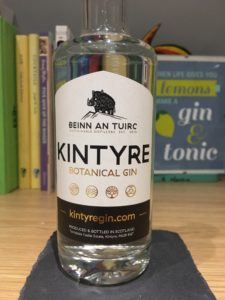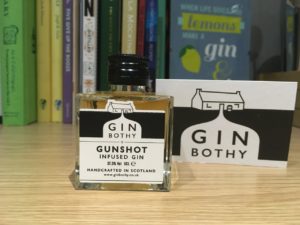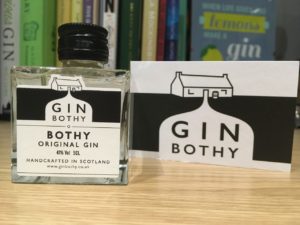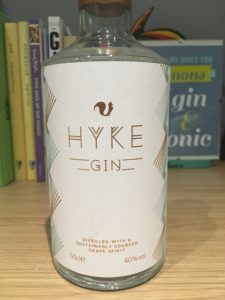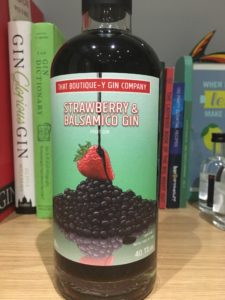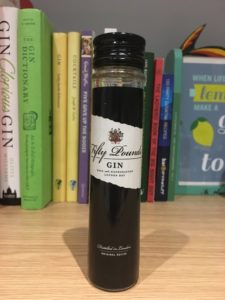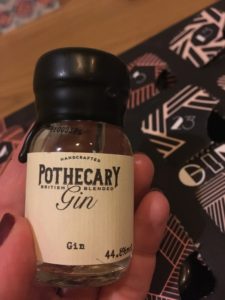Note: The team at Orkney Distilling kindly sent me a bottle of Aurora gin to try, but as always I’ll let you know what I think.
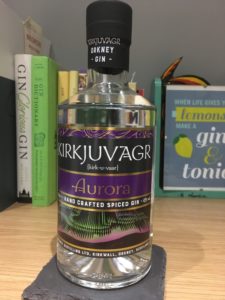 Back in May 2017, I tried Kirkjuvagr gin (pronounced kirk-u-vaar) and since then, the Orkney Distilling team have grown their range with a navy strength gin and two seasonal editions. Today we are trying their winter Aurora gin. Named after the Aurora Borialis, a phenomenon that appears in the sky over Orkney as winter draws in, this gin is inspired by cosying up by the fire – cinnamon, nutmeg and cloves bring a warmth alongside pink and black peppercorns. They recommend pairing this with ginger ale to amp up the spice. So, how does it taste?
Back in May 2017, I tried Kirkjuvagr gin (pronounced kirk-u-vaar) and since then, the Orkney Distilling team have grown their range with a navy strength gin and two seasonal editions. Today we are trying their winter Aurora gin. Named after the Aurora Borialis, a phenomenon that appears in the sky over Orkney as winter draws in, this gin is inspired by cosying up by the fire – cinnamon, nutmeg and cloves bring a warmth alongside pink and black peppercorns. They recommend pairing this with ginger ale to amp up the spice. So, how does it taste?
